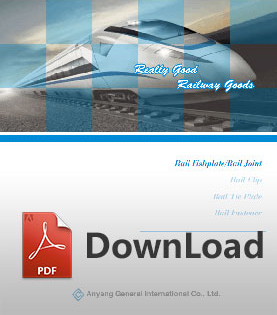Railway Track Components Overview - Rail Sleeper, Rail Fishplate, Rail Fasteners and Rail Spike
Jun 30, 2015
This is an informational post, please check the components of railway track page if you are searching for the product.
The railroad track is known as a stable structure mainly consisted of rail sleepers, rail fishplate, and rail fasteners like rail clip, railroad tie plate, railraod spike and so on. It ensures the transportation of trains through providing a dependable surface for their wheels. In different countries, the railway tracks are called differently, such as in British English and UIC terminology, it is often referred to as railway track while railroad track is called predominantly in the United States.
As to the development of railway track, it has a long history. The first rail track was made of wood and had continued for about 50 years. Later in order to reduce wear of the wooden rail tracks, iron straps were mostly added to the wooden rails. Then it was followed and widely used by cast iron rails. And in recent days, steel rails are mainly rolled in a continuous casting process. Over the years, the shape of rails have changed a lot. Since first rolled in 1831, the “T” section has been the standard in North America.
As to the development of railway track, it has a long history. The first rail track was made of wood and had continued for about 50 years. Later in order to reduce wear of the wooden rail tracks, iron straps were mostly added to the wooden rails. Then it was followed and widely used by cast iron rails. And in recent days, steel rails are mainly rolled in a continuous casting process. Over the years, the shape of rails have changed a lot. Since first rolled in 1831, the “T” section has been the standard in North America.
Rail sleepers
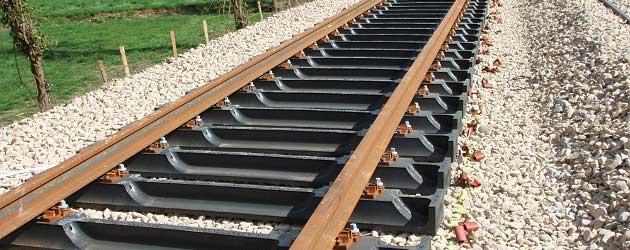
Rail sleepers are an important part of railway component. In general, it is also called railroad ties, railway ties or crossties. In order to keep the correct distance of gauge, the rail sleeper usually lays between the two rail tracks.
For more than one hundred years, the railroad ties have been developed to meet the various requirements of the different railway tracks. With the development of steel tracks, steel sleepers appeared and was common in UK. Later, between the line Nuremberg and Bamberg in Germany in 1906, the concrete sleeper occurred. In the recent time, concrete sleepers are widely used in the transportation of rail tracks especially in Europe and Asia. Besides, there are still some special types of railroad sleepers such as plastic composite ties which are also employed in the rail track transportation.
Rail fishplate
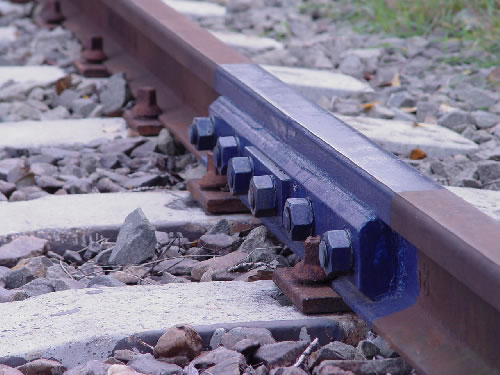
Railway fish plate, also called rail joint bar or splice bar, is a metal bar bolted to the ends of two rails to join them together. It is mostly used in light rail, heavy rail and crane rail. In general, fish bolts are always firstly chosen in the part of fastening. It is consist of fish bolt, flat washer and spring washer. And every two fish plates mostly need four or six suits of fish bolt. The railway fish plate is an important connection between two rails. So if the quality of the railway fish plate is poor, the caused consequence would be unimaginable. For different applications, rail way fish plate has many standards, such as AREMA standard rail joint, UIC standard railway fish plates, BS railway fish plate, etc.
Rail fasteners
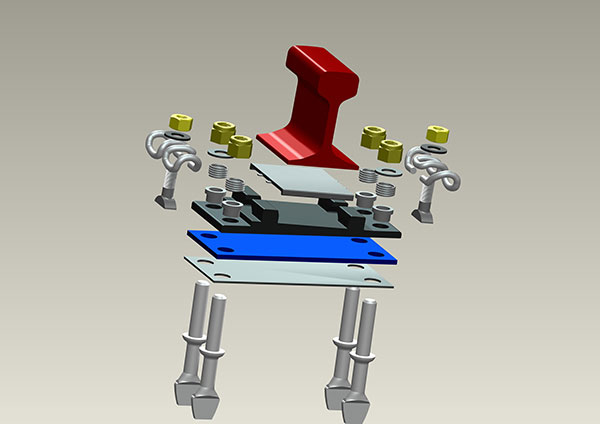
Among the components of rail track, the railroad fasteners are an important part. It can ensure the operation of rail transportation through connecting track rails with rail ties and rail sleepers. And it is also used to fix the correct position of tracks to prevent the horizontal and vertical displacement as well as the rollover. What’s more, the good elasticity and insulating property also help rail fasteners do well in gauge adjusting.
In the current time, there are various types of railway fasteners in the global market, such as some widely and mainly used railway fasteners: VOSSLOH W type in Germany, FAST CLIP in UK, STEDEF NABLA fastener, PR type fastener and RN fastener in France. They are assembled with other components as independent units, which can be fixed as a whole and can also offer under controlled vertical, longitudinal, and transverse forces to avoid excessive displacement.
Railroad spikes
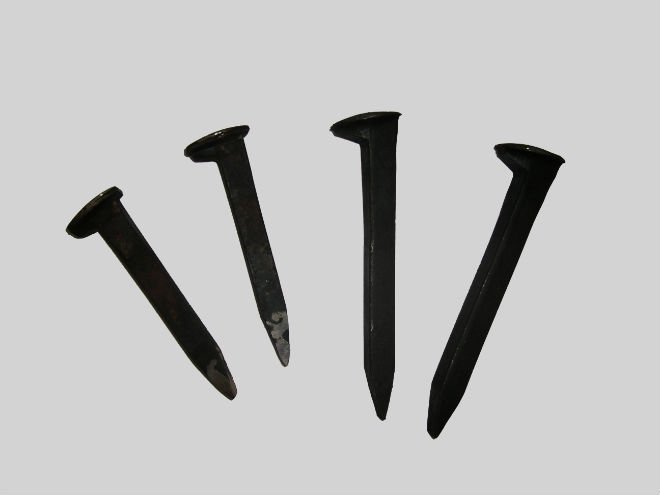
- The railroad spike, with an offset head, is mostly used to secure rails and base plates to railroad ties in the track. In 1832, Robert Livingston Stevens invented the first railroad spike and the it is the first record use of the railroad spike. In the past days, the rail spikes were driven into sleepers with a heavy hammer by hand. The railway spike was invented with the influence of the state of industrialization in the United States in the early 19th century. On the basis of using heavy and expensive cast iron chairs to secure T-shaped rails in that period, Stevens added a supporting base to the T rail which could be fixed with a simple spike. Later in 1982, the spike became the common rail fasteners and until now, it is still the most common rail fasteners in North America.
- The common size of rail spike varies from 9 to 10/16 inch square to 5.5 to 6 inch long. As to the main function of rail spike, it is mainly used to keep the correct position of gauge. In general, the attachment is made as strong as possible when attaching tie plates. Among the rail spikes in the market, the dog spike is the widely use one. Just like a cut spike, the dog spike is also square in horizontal section. But the dog spike has a pointed penetrating head. And the rail head has two lugs on either side to give the impression of a dog’s head. The railroad spikes are always made out of steels.
Besides, there are still many other components of railway tracks such as rail bolt, tie plate or rail anchor and so on. They make up the whole railway system and play an important role in the operation of rail tracks. In a word, without any one of the components, the transportation cannot be in normal operation.
CATEGORIES
- Rail Fasteners
- rail fastening system
- rail clip
- railroad spike
- Track bolt
- rail shoulders
- rail anchor
- rail clamp
- tie plate
- Rail Pad
- rail insulator
- rail plastic dowel
- other rail fasteners
- Railway Switch
- SKL series rail fastening system
- Chinese standard rail fastening system
- screw spikes
- Crane rail fastening system
- K type rail clip for Africa
- Hey-Back Rail Fastening
- rail fasteners for Mexican market
- Ss25 screw spike
- Ss35 rail sleeper screw spike
- Ss8 screw spike
- coach screw
- Crane Rail Clip
- Rail Joints (Fishplate)
- Steel Rail
- Railway Sleeper
Hot Sale Products
rail fastening system
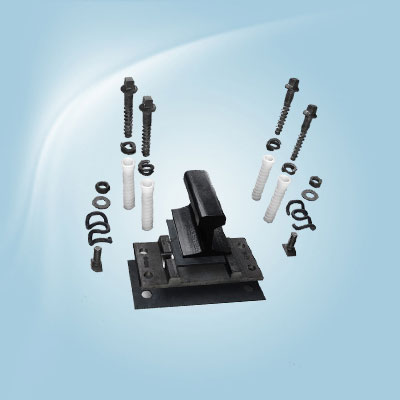 rail clip
rail clip
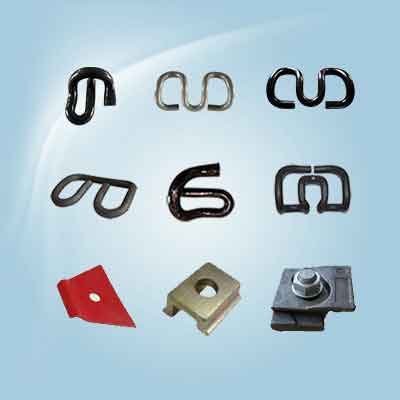 rail joints
rail joints
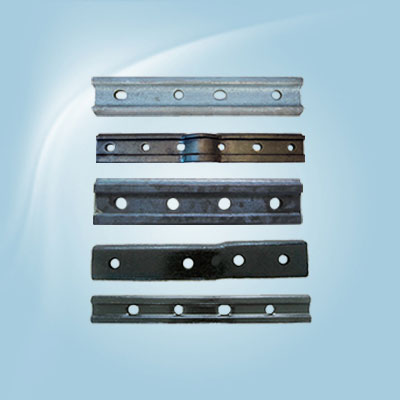
Product Brochure
Product Brochures,Instant FREEDownload
We Respect Your Email Privacy,We Hate Spam As Much As You Do!
 Español
Español English
English
